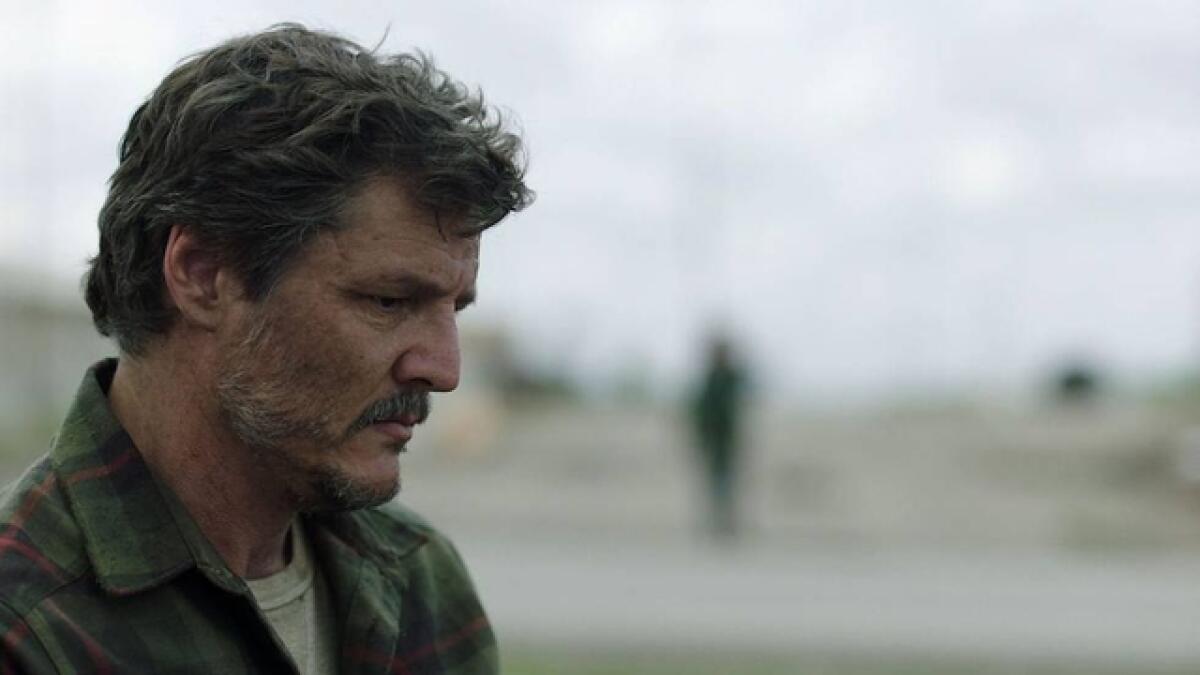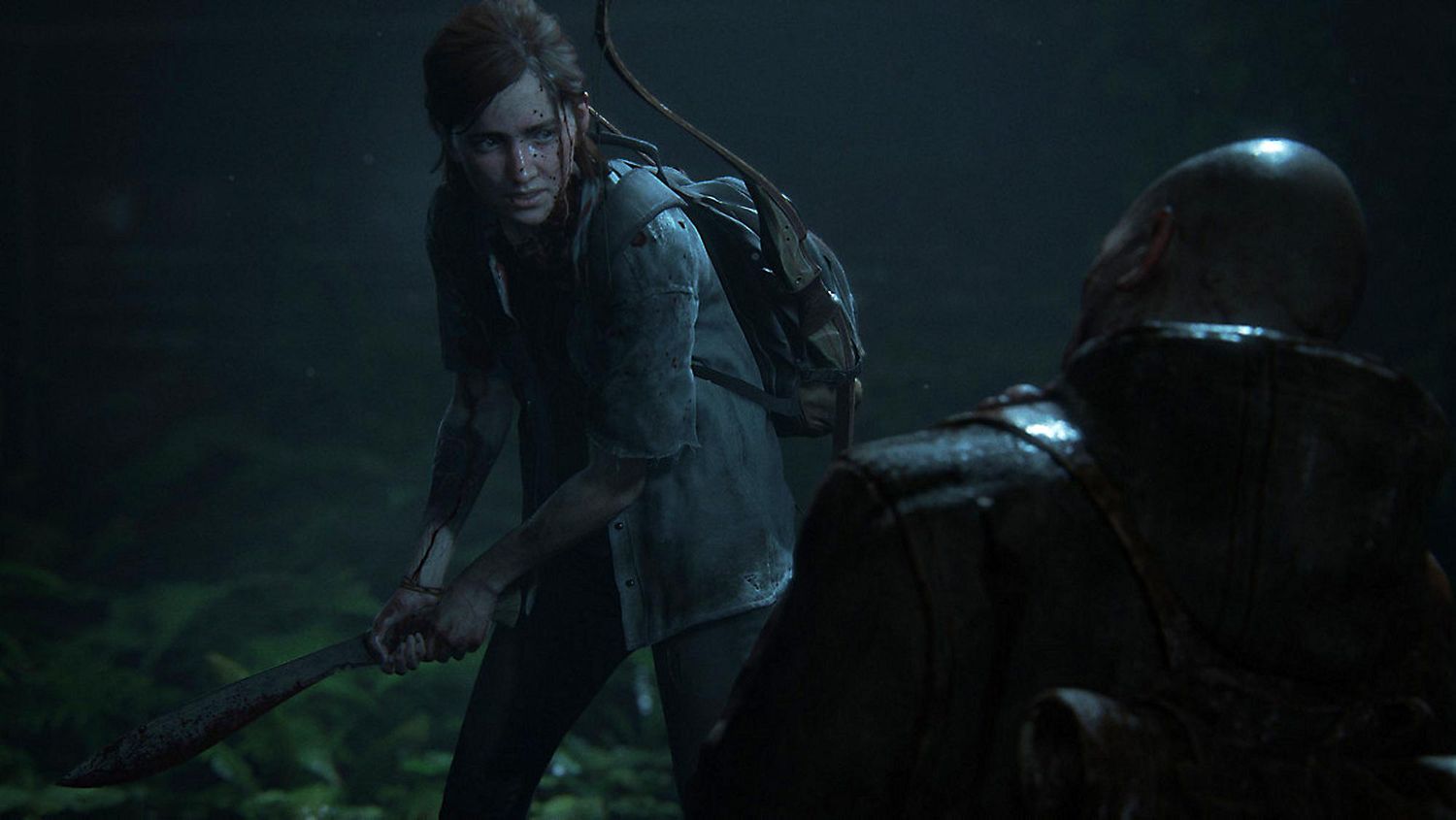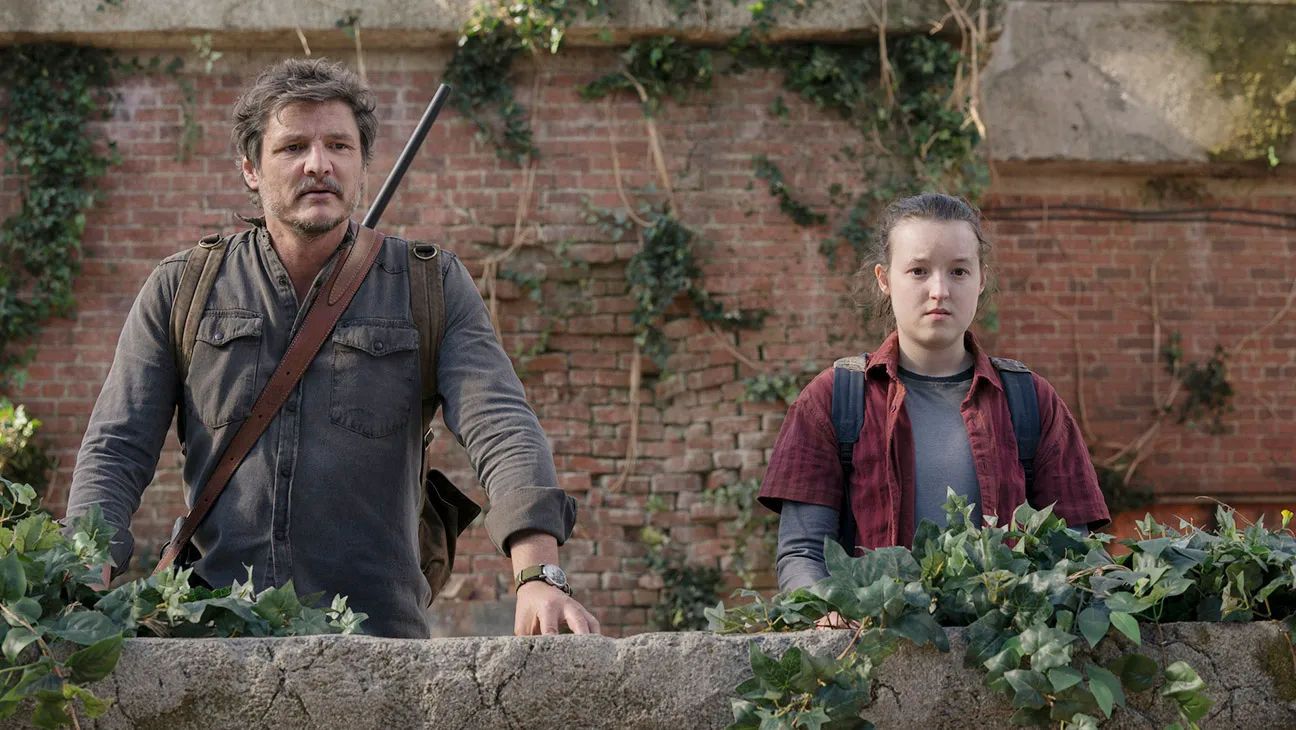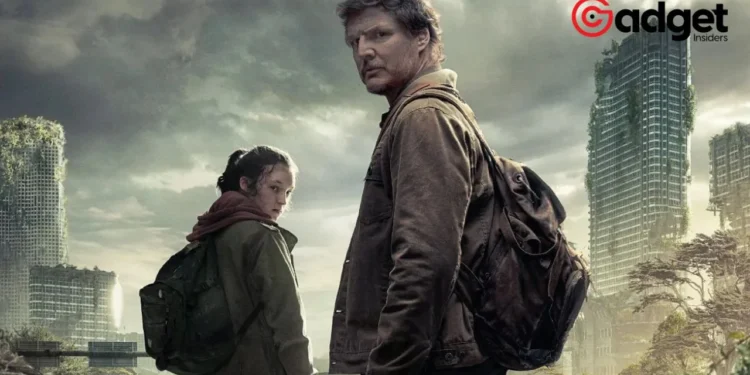As whispers turn to conversations and conversations into confirmations, Naughty Dog sets the stage for a new narrative voyage with the official announcement of The Last of Us Part 3. In an industry where sequels often tread the fine line between innovation and repetition, the decision to continue the story of Ellie, Joel, and the post-apocalyptic world they inhabit sends ripples of both excitement and apprehension across the gaming community.

The Genesis of Part 3
The revelation comes from none other than Neil Druckmann, the creative force behind the series, during the closing moments of Grounded: The Making Of The Last of Us Part 2.
This documentary, which peeled back the curtain on the sequel’s tumultuous creation, ends with Druckmann hinting at the untold chapter of this saga. Originally conceived as a narrative focusing on Tommy, the story has since morphed into an undefined yet undoubtedly compelling new direction.

The Last of Us Part 3: A Future Forged in Fantasy
Interestingly, The Last of Us Part 3 will not immediately follow its predecessor in Naughty Dog’s release schedule. The studio teases a venture into a fantasy IP, showcasing its narrative versatility and creative ambition. This decision underscores the studio’s commitment to storytelling excellence, irrespective of genre or setting.
The Last of Us Part 3: A Sequel’s Shadow
The journey to The Last of Us Part 2 was one fraught with introspection and challenge, as the team deliberated the necessity and direction of a sequel to what many considered a flawless narrative conclusion.
The sequel, however, shattered expectations by deconstructing the beloved father/daughter tale, exposing the flawed morality of its characters, and inviting players to question their loyalties and beliefs. It was a bold narrative gamble that paid off, elevating the discourse around video game storytelling.
The Last of Us Part II Remastered pic.twitter.com/ZJ9QpawcTF
— 𝗘𝘃𝗲𝘆 (@wistfulembrace) February 5, 2024
Ellie and Joel: The Heart of Controversy
The emotional resonance of Ellie and Joel’s journey, which began as a tale of survival and evolved into a complex examination of vengeance, loyalty, and redemption, has left an indelible mark on players.
The sequel’s daring narrative choices, particularly the divisive fate of Joel, sparked intense debate among fans. Yet, it is precisely this willingness to confront and subvert expectations that define the series’ narrative ambition.
The Road Ahead for Ellie and Abby
With The Last of Us Part 3, Naughty Dog faces the monumental task of extending a story that many believe has reached its natural conclusion. The final scenes of Part 2, which leave Ellie at a crossroads of loss and redemption, suggest a narrative ripe for further exploration.
Fans speculate, hope, and even fear where the next installment might take these characters, especially as Ellie seeks reconciliation and purpose in a world that has repeatedly tested her limits.

The Last of Us Part 3: Crafting a Future
What lies ahead for The Last of Us Part 3 is a canvas of endless possibilities. To justify its existence, the game must not only revisit the themes of love, loss, and survival but also venture into new, uncharted territories of the human experience.
The anticipation surrounding the game is a testament to Naughty Dog’s storytelling prowess and the profound connection fans have with its characters. In the end, the decision to embark on this next chapter is a testament to the power of storytelling and its ability to captivate, challenge, and change us.
As we stand on the precipice of this new journey, we are reminded that it is the unknown stories, the paths not yet taken, that hold the true potential for greatness. The Last of Us Part 3 doesn’t need to exist, and that is precisely why it is poised to redefine our expectations once again.










